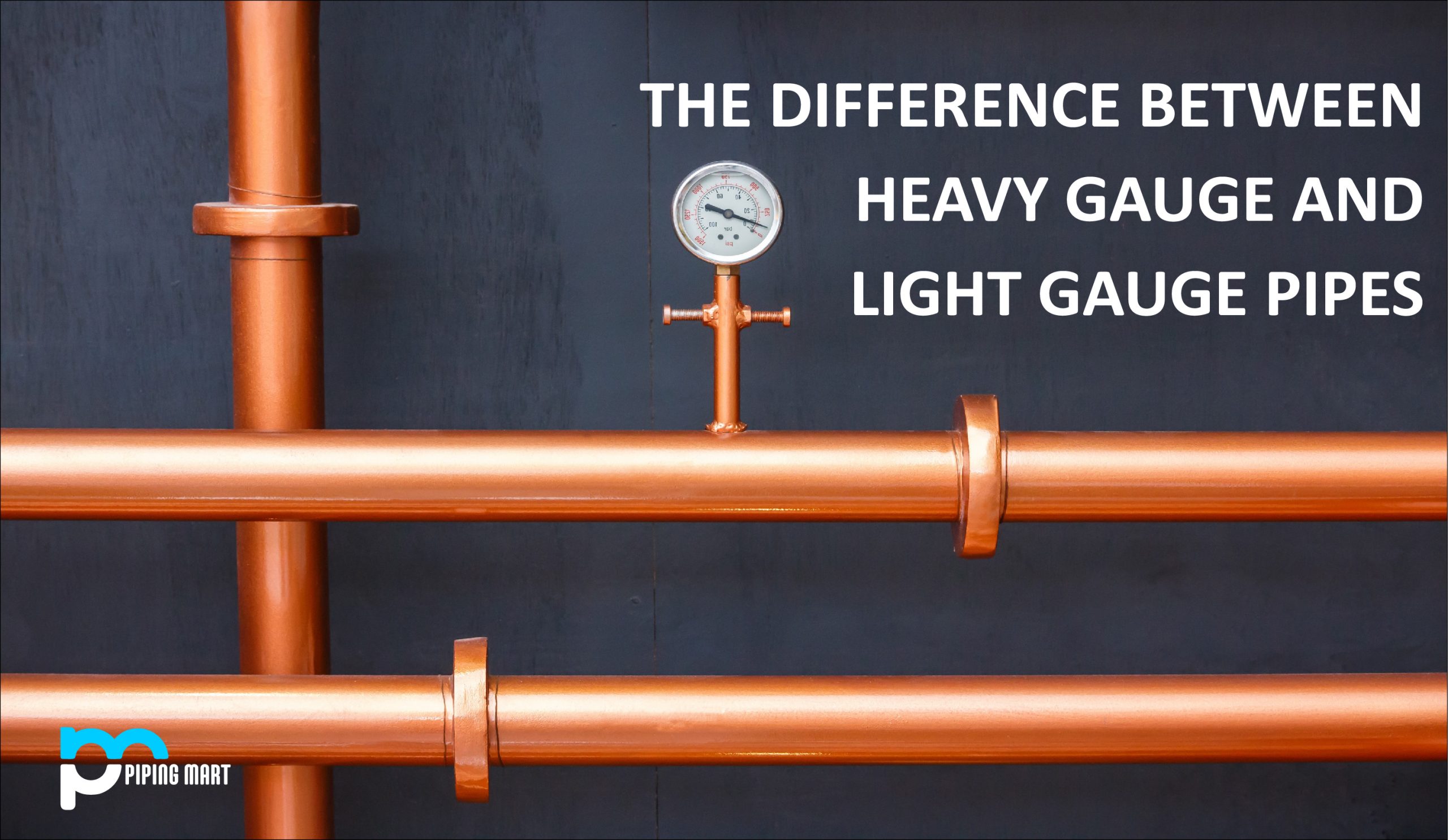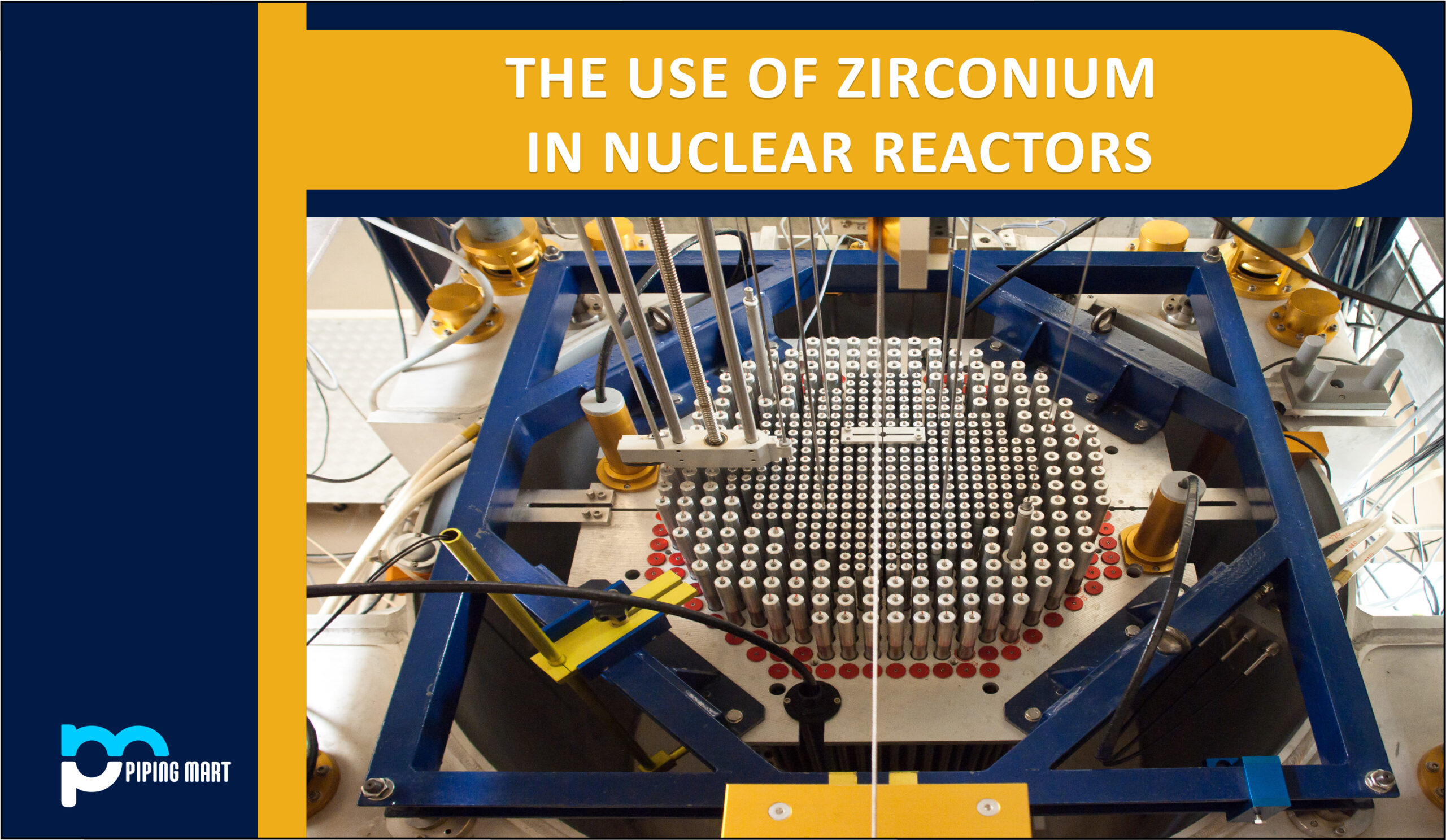Pipes have traditionally been utilized in building and construction. Back then, only clay pipes were utilized to convey waste and supply water. Nowadays, there is a broad range of pipes that are used not only for transporting water but also for other purposes. However, not all of these are appropriate for usage in all conditions. When it comes to selecting a pipe material and type for a project, there is no one-size-fits-all option. Each form of pipe has a certain usage, and some are better suited than others. If you’re looking into pipes, it’s important to be familiar with each variety so you can choose the best one for you. Today, we’ll look at the differences between the heavy gauge and light gauge pipes. Keep reading to find out more.
What is Heavy Gauge Pipe?
Heavy Gauge pipe is a durable and dependable piping solution that is known for its exceptional strength and robustness. Whether it is used in industrial settings or in households, Heavy Gauge pipe provides the necessary support to carry liquids, gases, and other materials from one point to another. These pipes are designed with thicker walls and a greater diameter to ensure that they can handle the pressure and weight of materials being transported. With a wide range of materials and sizes available, Heavy Gauge pipe is an essential component in many applications, from construction to manufacturing. Its reliability and long-lasting nature make it an ideal choice for anyone who requires a high-quality piping solution that can withstand the pressures of heavy-duty use.
What is Light Gauge Pipe?
Light gauge pipe is a type of steel pipe that is thin and lightweight, making it a popular choice for a variety of applications. It is commonly used in construction projects, and is often found in framing and support structures due to its strength and durability. This type of pipe can also be used in plumbing applications, as it is easily bent and shaped to fit any design. One of its key characteristics is its flexibility, making it an ideal choice for projects where the pipe needs to be maneuvered into tight spaces. While it may be thin, light gauge pipe is no less reliable than its thicker counterparts, and is an efficient and cost-effective solution for many different industries.
Difference Between Heavy Gauge vs Light Gauge Pipes
Thickness and Form
When dealing with pipes, the term “gauge” is widely used. Someone inexperienced with the gauge system may get confused by the terms “heavy” and “light” gauges. When it comes to pipes, the gauge is a calculation of the thickness of the wall. Generally, the thicker the material, the greater the durability and effectiveness. Heavy-gauge pipes are the heaviest and thickest of all types of pipes. Light gauge pipes, on the other hand, are the thinnest gauge pipes you’ll come to know.
Types and Sizes
Cast iron, copper, plastic, stoneware, and other materials are used to make heavy and light gauge pipes. Galvanized steel (GI) pipes and black iron pipes are the most commonly utilized types of pipes. Steel pipes are used to make galvanized pipes. These pipes are coated with a protective layer of zinc to function as a shield against corrosion and rusting. These pipes are categorized into three parts: light, medium, and heavy.
Steel is used to make black iron pipes. Unlike galvanized pipes, these pipes are not coated with any layer during the production process, such as zinc or paint.
Applications and Functions
Because heavy-gauge pipes and light-gauge pipes have varying thicknesses, diameters, and types, they perform distinct functions and serve different purposes.
In applications and construction where pressure is extremely high, heavy gauge pipes are typically used. Heavy-gauge galvanized pipes, for example, are utilized for water supply pipes in construction since this situation necessitates high pressure. Its zinc barrier also aids in the prevention of deposits that might choke water pipes. Light gauge pipes, on the other hand, can be used for doors, window hoods, finials, and cresting.
Heavy gauge black iron pipes are often used for fire alarm systems and to transfer gas for both industrial and household applications. Light gauge black iron pipes are used for playground equipment like slides and swings, as well as other structures.

Pipingmart is B2B portal specializes in industrial, metal and piping products. Also, share latest information and news related to products, materials and different types grades to help business dealing in this industry.




